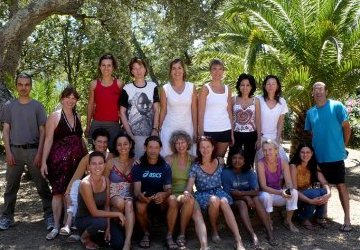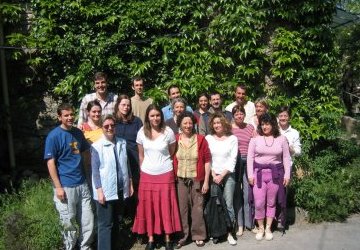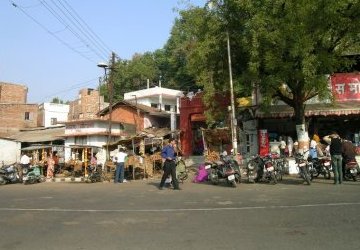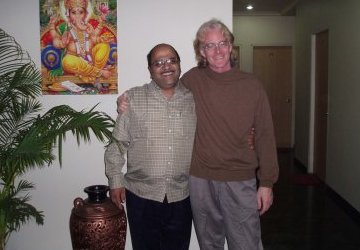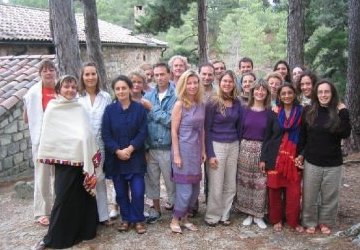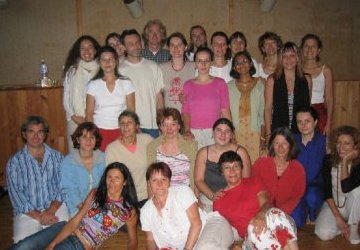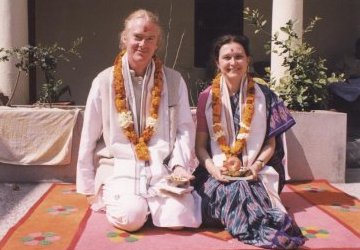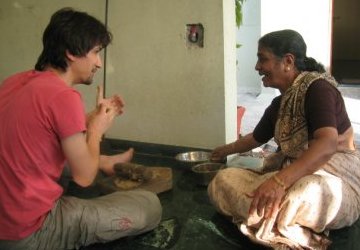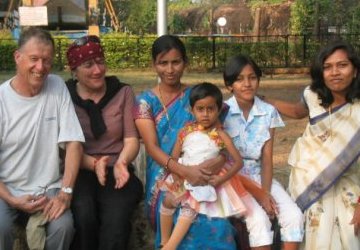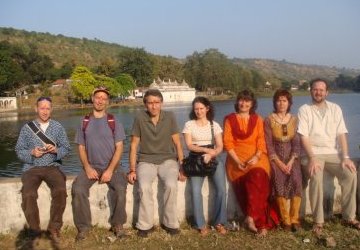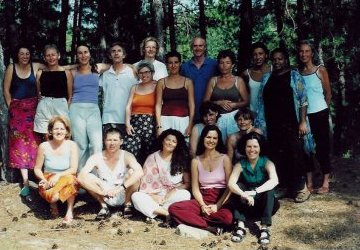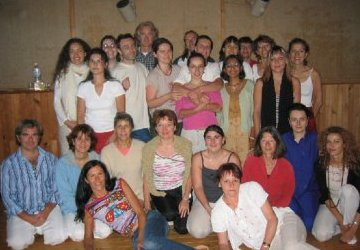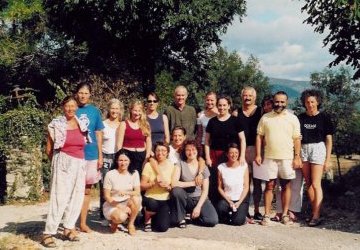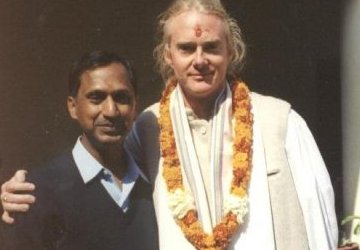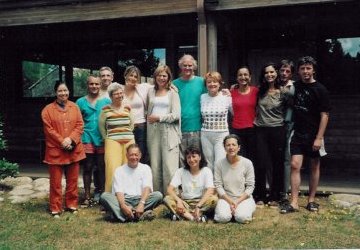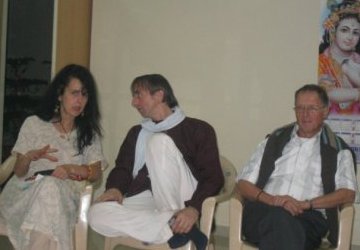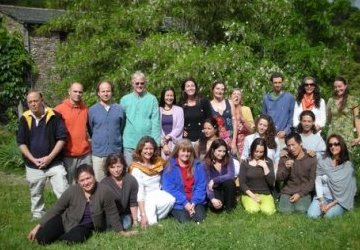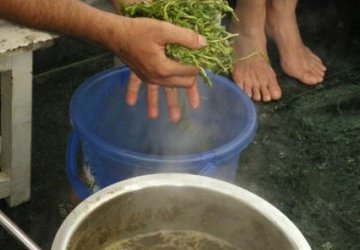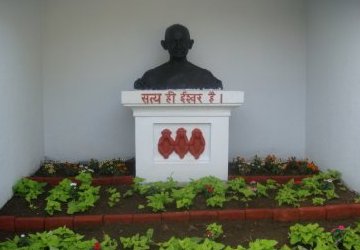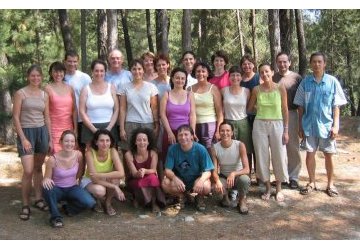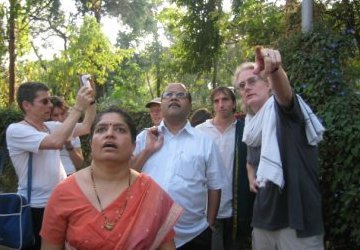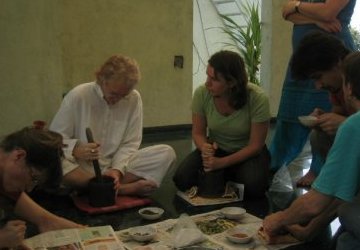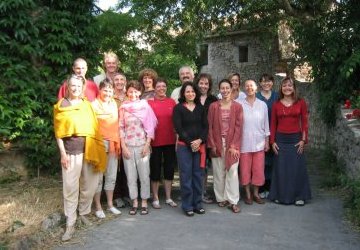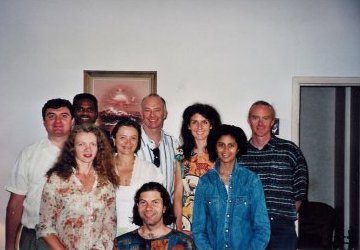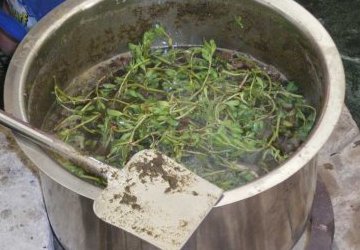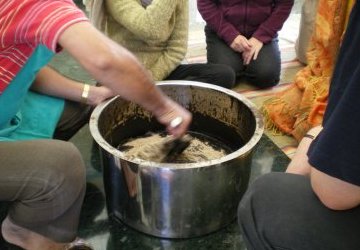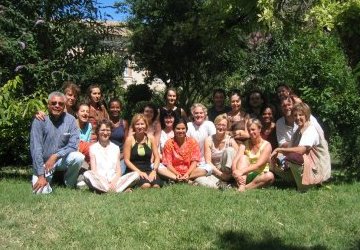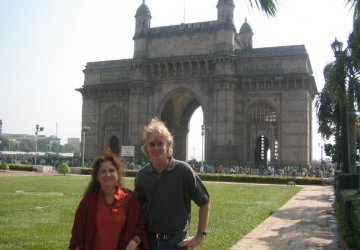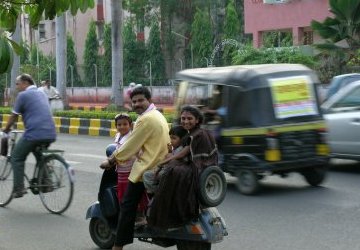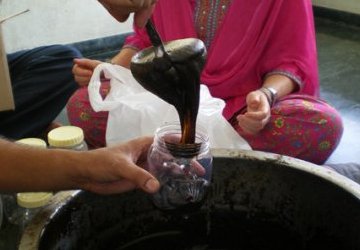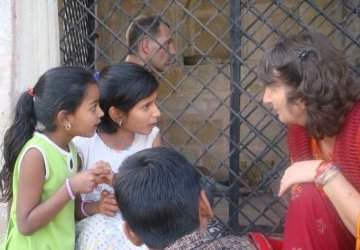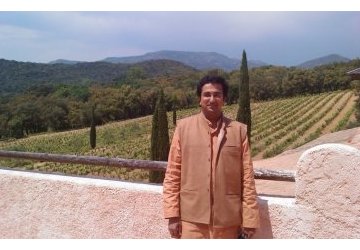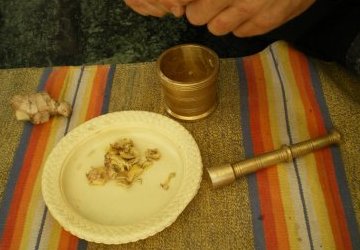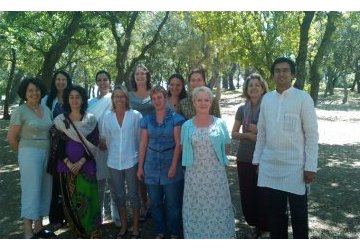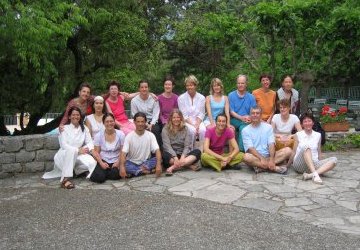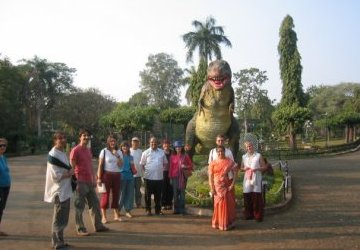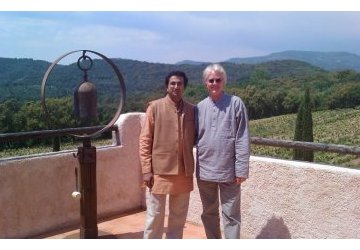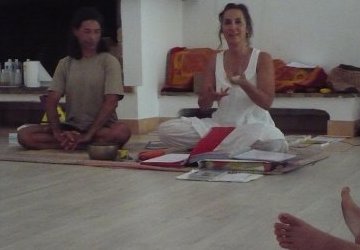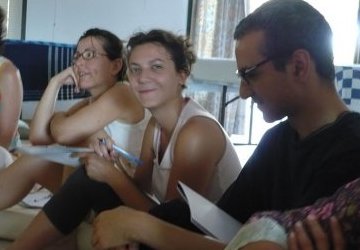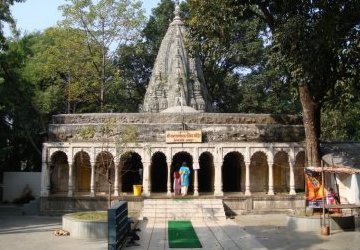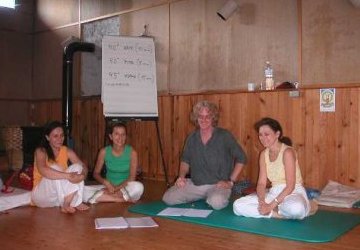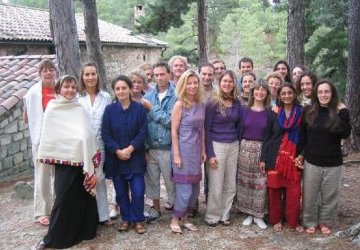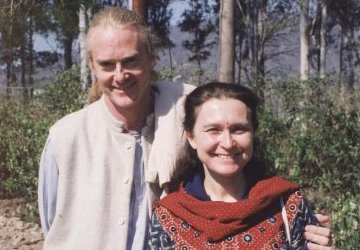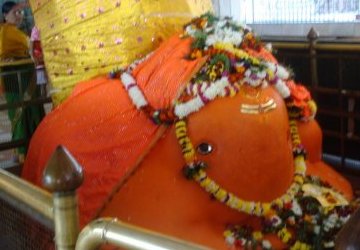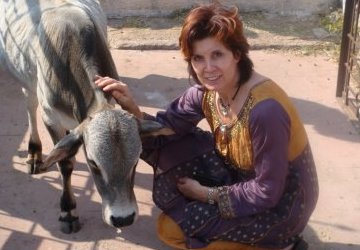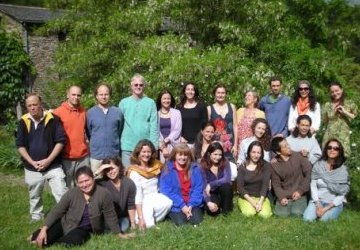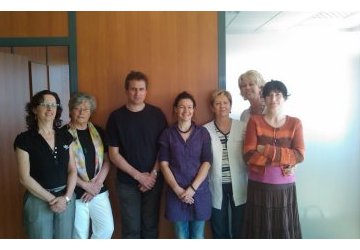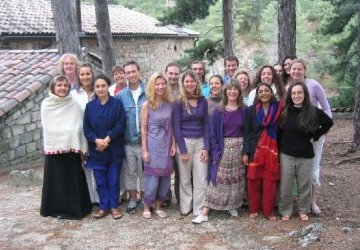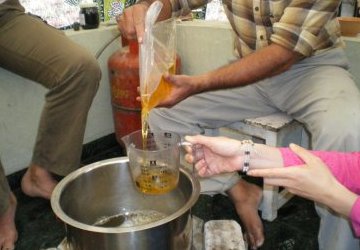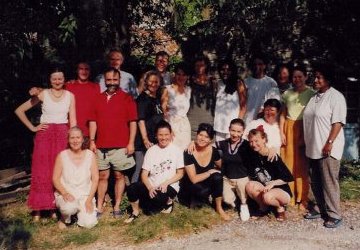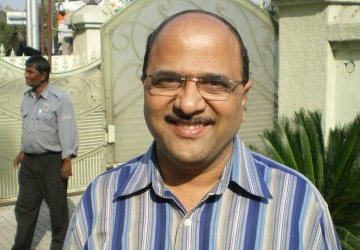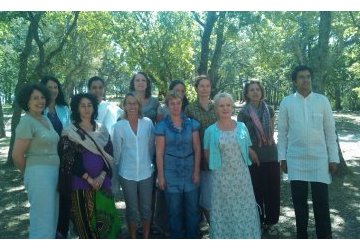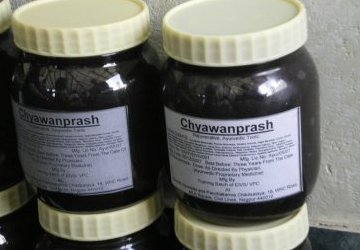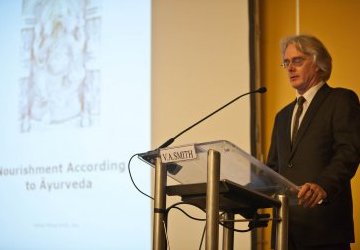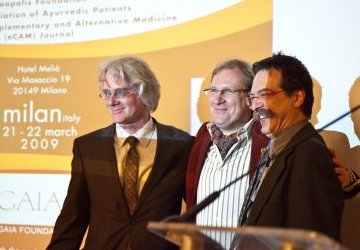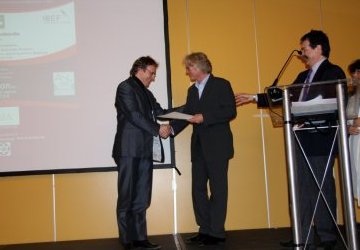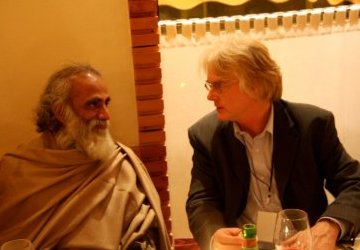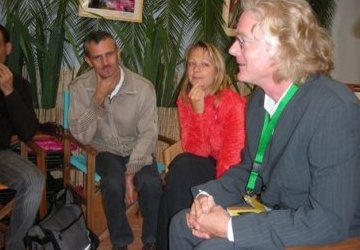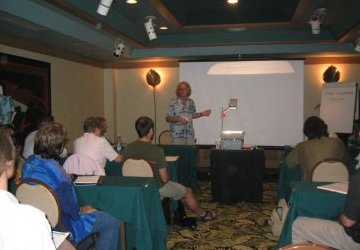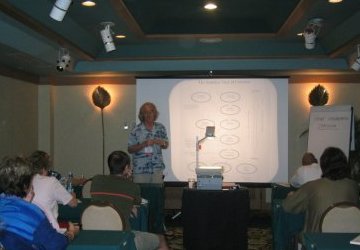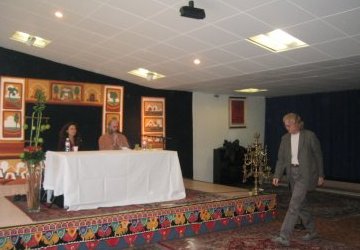Food Type vs Food Quality
Most of the modern studies on nutrition or dieting miss a fundamental criteria - the quality of food being used. This is painfully obvious to practitioners of Ayurveda, yet the so-called scientific community see all food as being equal.
I grew up with a step father who was a high school science teacher. Therefore, I have been used to the blindness of modern science since I was 12 or 13 years old. For these people a molecule of sugar is the same regardless of its source; sugar is sugar because under a microscope it looks the same.
This approach seemed stupid to me as a child and - I must confess - it still seems stupid today. I was very happy over 20 something years ago to come across Dr. Ballentine’s classic book, Diet and Nutrition: a Holistic Approach, in which he speaks about the research of the dentist who discovered that farmers working in sugar cane fields had less cavities than the same people who live and work in cities - even though they ate raw sugar cane all day while working in the fields. The book then outlines the research that doctor made on the difference between refined and non-refined sugar in terms of tooth decay (yes, many people ridicule the work of this dentist; read on!).
The problem with modern studies is that do not take into account the fact each person will digest any given food differently; and that any food will will also be digested differently depending on how it has been grown, prepared or processed. This article that speaks about the error of looking at saturated fat as an evil element in heart disease. See here, War on Fat was a Mistake. The problem is that the article lacks discernment on food quality. For example many studies are fond of quoting the "French Paradox" in which the French people have a low risk of heart disease, while eating a diet that is high in saturated fat. Having lived in France for 19 years I can tell you the heart disease rate is low is because most French people over 35 still cook real food and make meals from fresh food - not caned or packaged foods. In other words, non-processed or refined food is used to cook and prepare meals. This means you can go to any city in France and there will be an open air market somewhere that you can buy fresh food that has been harvested the same morning or the evening before. This is true for all of the Western European countries I have been to; it is not limited to France (sorry, don’t look for fresh food markets in the UK - they do exist - so I hear, though I have never seen one - all the veggies I saw are under plastic!).
This article rightly points out that the introduction of margarine and its consumption directly correlates to an increase in heart disease. What is not brought up is the fact that margarine may be made from vegetable oils, but it is no longer a vegetable oil - it is plastic. This is what happens when you hydrogenate oil, it becomes a kind of plastic, and yes, the molecule looks like plastic under the microscope! However, the reason that margarine increases heart disease is not a question of saturated or unsaturated fats - it is question that the body cannot digest plastic! Hence, it is food quality that needs to be addressed rather than the chemical constituents. Chemical analysis can be helpful in some cases after the food quality has been chosen.
In Ayurveda our first question concerning food and diets is: "Can I digest this?". Ayurveda puts the priority on the digestive strength, or Agni. If our Agni is strong we can digest the kitchen sink; if our Agni is weak we will have problems to digest an apple. Food quality and quantity are the main factors in maintaining a healthy Agni. If Agni functions correctly we will be healthy. In essence it means if we digest what we eat the body will be benefited.
The issue of food quality is not a small one. From an Ayurvedic point of view the food quality (or lack of it) is the main reason behind the so-called obesity epidemic. If people stop eating refined foods and sugar drinks they will loose weight (e.g., junk food). The question of quantity is next, it is possible to eat too much of the best food in the world and kill yourself.
The obesity epidemic is a tragedy of greed and economic manipulations of the population. Even when people go on strict diets of real foods they are often left in a sorry condition. Read this account of a woman who lost 160 pounds. This is a tragic mainly because we are all victims of an intelligent marketing plan that demands we spend money all day so that we can eat all day long and kill ourselves (slowly or quickly as the case may be) in order to make large companies rich - agro or pharmaceutical.
Ayurveda has therapeutic methods - such Udgarshana massage - to tone and strengthen the skin during weight loss. There are many ways to avoid the results of rapid weight loss causing lose, flabby skin and muscles. There are also dietary methods to reduce the weight slowly so as to avoid rapid changes.
The best treatment is prevention. So stop eating anything that comes in a box, a can, a jar and buy real food instead!
And most importantly - use discrimination when reading so-called scientific studies that do not even have the most basic parameters of food quality established.
copyright © 2017 EIVS GmbH
– Ayurvedic Medicine for Westerners series of textbooks
Application of Ayurvedic Treatments Throughout Life (Volume 5)
Dravyaguna for Westerners (Volume 4)
Clinical Protocols and Treatments in Ayurveda (Volume 3)
Pathology & Diagnosis in Ayurveda (Volume 2)
Anatomy and Physiology in Ayurveda (Volume 1)



